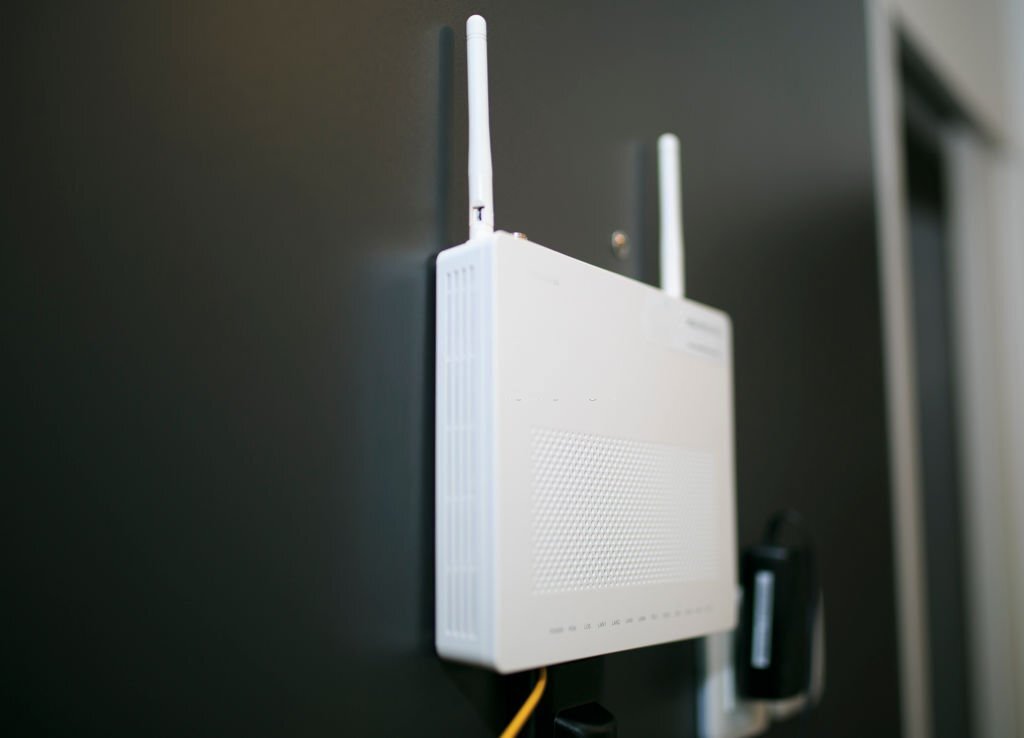In the fast-paced realm of mobile app development, user experience is king. The success of an app hinges on how well it caters to its users’ needs and preferences. To ensure a seamless and user-friendly mobile app, comprehensive user experience testing is paramount. This is where mobile test automation comes into play. In this article, we will explore the best practices for user experience testing in the mobile app landscape.
Introduction
A. Definition of Automated Mobile Testing
Before we dive into the intricacies of mobile test automation, it’s essential to establish what automated mobile testing entails. Automated mobile testing refers to the use of specialized software, tools, and scripts to conduct tests on mobile applications. These automated tests serve to validate the functionality, usability, and performance of an app, enabling efficient and effective quality assurance.
B. Importance of User Experience Testing in Mobile Apps
User experience testing is a critical phase in app development, focusing on assessing how users interact with the app and the quality of their experience. With the app market becoming increasingly competitive, delivering a positive user experience is no longer a luxury; it’s a necessity for success.
C. Overview of Best Practices for Successful Mobile Test Automation
Effective user experience testing in the mobile app domain relies on a foundation of best practices. These practices ensure that the testing process is both thorough and efficient, ultimately leading to a better app and, subsequently, happier users.
Understanding User Experience Testing
A. Definition and Purpose
User experience testing is a systematic approach to evaluate how users interact with a mobile app. It aims to assess their satisfaction and efficiency in using the app. By simulating real-world usage scenarios, user experience testing helps uncover areas for improvement and fine-tuning.
B. Key Elements to Consider in User Experience Testing
Performance Testing: This component focuses on evaluating the app’s speed, responsiveness, and overall performance. It ensures that the app operates smoothly under different conditions and doesn’t leave users frustrated by lag or crashes.
Usability Testing: Usability testing delves into the app’s ease of use, navigation, and overall user-friendliness. It examines whether users can intuitively understand the app’s functions and find what they need without undue effort.
Compatibility Testing: Compatibility testing is essential in an era of diverse devices and platforms. It assesses how the app performs across various devices, screen sizes, and operating systems. Ensuring consistent performance across this multitude of variables is vital for a broad user base.
Accessibility Testing: Accessibility testing aims to make the app usable by individuals with disabilities. It verifies that the app is navigable and functional for all users, regardless of their abilities. Inclusivity is a key element of a positive user experience.
Benefits of Automated Mobile Testing for User Experience
A. Time and Cost Savings
Automated testing significantly reduces testing time and, consequently, costs. Automated tests can run faster than manual tests, enabling quicker bug identification and resolution. This not only saves resources but also accelerates time-to-market.
B. Consistency and Reliability of Test Results
One of the primary advantages of automated testing is the consistency and reliability of the test results it produces. Unlike manual testing, which can be influenced by human error and subjectivity, automated tests provide consistent and objective outcomes. This reliability is vital for effective quality assurance.
C. Enhanced Test Coverage
Automated testing can cover a wide range of scenarios and usage conditions, increasing the depth and breadth of testing. This comprehensive testing approach is crucial for user experience testing, as it ensures that the app performs optimally under various circumstances.
D. Quick Feedback and Bug Identification
Automated tests provide immediate feedback, allowing developers to identify and rectify issues promptly. This quick turnaround time is especially valuable in a dynamic development environment, where rapid bug identification and resolution are essential for maintaining a high-quality user experience.
Best Practices for Automated Mobile Testing
A. Test Case Selection and Prioritization
Effective user experience testing starts with judicious test case selection and prioritization. Not all test cases are equally critical to the user experience. It’s essential to identify and prioritize test cases that have the most significant impact on user satisfaction and app performance. This ensures that testing resources are allocated efficiently.
B. Selection of Appropriate Testing Tools
Selecting the right testing tools is a crucial decision in mobile test automation. The choice of testing tools should align with the app’s complexity and target audience. Factors to consider include the diversity of devices, operating systems, and usage scenarios. The use of appropriate testing tools streamlines the testing process and enhances its effectiveness.
C. Building a Robust Test Environment
A stable and consistent testing environment is fundamental to the accuracy and validity of test results. To ensure that test results accurately reflect real-world conditions, create and maintain a robust test environment that remains consistent throughout the testing process. This includes setting up a variety of devices, network configurations, and test data.
D. Creating Reusable Test Scripts
Efficient mobile test automation relies on the creation of reusable test scripts. By developing test scripts that can be applied across multiple test scenarios, you can save time and effort in test script development and maintenance. Reusable test scripts are a cornerstone of effective mobile test automation.
E. Implementing Continuous Integration for Mobile Test Automation
Integrating automated testing into your app’s development pipeline through continuous integration is a best practice that ensures testing is an ongoing and integrated process. Continuous integration allows for automated tests to be run regularly and seamlessly, providing timely feedback to developers and reducing the chances of introducing regressions or new bugs.
Key Challenges and Solutions in Automated Mobile Testing
A. Device Fragmentation and Platform Diversity
The diversity of devices and operating systems in the mobile ecosystem can pose significant challenges for automated testing. Solution: Employ cloud-based testing services and maintain a device lab to cover a broad spectrum of device and platform combinations.
B. Handling Dynamic UI Elements
User interfaces within mobile apps are subject to frequent changes, making automated testing of UI elements a challenge. Solution: Utilize advanced test automation frameworks that can adapt to dynamic UI changes, ensuring tests remain relevant and effective.
C. Supporting Different Network Conditions
Testing under various network conditions, such as 3G, 4G, and Wi-Fi, is essential to assess the app’s performance in various real-world scenarios. Solution: Use network virtualization tools to replicate these conditions, enabling thorough testing under diverse network settings.
D. Dealing with Frequent OS and App Updates
Apps and operating systems are continually updated, necessitating regular adaptations in testing. Solution: Stay updated with the latest testing tools and techniques, and ensure that test scripts are maintained and updated to align with the evolving app and OS landscape.
Case Study: Successful Implementation of Automated Mobile Testing
A. Overview of a Real-World Example
To illustrate the impact of automated mobile testing, we’ll explore a real-world case study of a company that implemented a robust automated testing strategy to enhance user experience.
B. Challenges Faced and Solutions Implemented
The company faced challenges related to device fragmentation, as their app needed to perform seamlessly across a wide range of devices and operating systems. To address this, they established a device lab containing various devices and OS versions. By using cloud-based testing services in conjunction with their device lab, they ensured comprehensive testing coverage.
Handling dynamic UI elements was another challenge, as frequent UI changes required test scripts to adapt. The company addressed this by implementing an advanced test automation framework capable of recognizing and adapting to dynamic UI changes.
Supporting different network conditions, including 3G, 4G, and Wi-Fi, was essential for their app. Network virtualization tools were employed to replicate these conditions, enabling thorough testing under diverse network settings.
Dealing with frequent OS and app updates required constant vigilance. The company stayed updated with the latest testing tools and ensured that their test scripts were regularly maintained and updated to align with the evolving app and OS landscape.
C. Results Achieved and Impact on User Experience
The successful implementation of automated mobile testing had a significant impact on the user experience. The company identified and resolved issues swiftly, leading to a reduction in app crashes and improved performance. Users enjoyed a more stable and responsive app, resulting in higher satisfaction and increased app usage.
The comprehensive user experience testing also led to enhanced usability, as the app’s navigation and user-friendliness improved. Users found it easier to navigate the app and access its features, leading to higher retention rates and user engagement.
Moreover, compatibility testing ensured consistent performance across a wide range of devices, screen sizes, and operating systems. This contributed to a broader user base and a more inclusive user experience.
In conclusion, the case study exemplifies how the implementation of automated mobile testing, in alignment with best practices, can significantly enhance the user experience. By addressing challenges related to device diversity, dynamic UI changes, network conditions, and frequent updates, the company managed to provide a more stable, usable, and compatible app, ultimately leading to greater user satisfaction and success.
Conclusion
In summary, mobile test automation is a cornerstone of ensuring a positive user experience in the competitive world of mobile app development. By adhering to best practices and implementing automated testing throughout the development process, you can elevate your app’s quality, reduce costs, and save time.
User experience testing, encompassing performance, usability, compatibility, and accessibility testing, is vital for creating an app that users love. Automated mobile testing streamlines this process, offering time and cost savings, reliable results, enhanced test coverage, and quick bug identification.
Key best practices, such as test case selection, tool choice, test environment stability, reusable test scripts, and continuous integration, ensure the efficiency and effectiveness of your testing efforts. These practices, coupled with the solutions to common challenges in automated mobile testing, can lead to a remarkable improvement in the user experience.
The case study presented demonstrates the real-world impact of automated mobile testing on user satisfaction and app success. By addressing device diversity, dynamic UI changes, network conditions, and frequent updates, the company managed to provide a stable, usable, and compatible app, ultimately leading to a higher user retention rate and greater user engagement.
As mobile app development continues to evolve, the importance of user experience remains unwavering. By integrating best practices and automated mobile testing into your development process, you can ensure that your app not only meets but exceeds user expectations.
Also Read this blog- Exploring the Dynamics of Shift-Left and Shift-Right Testing in Agile Software Development







